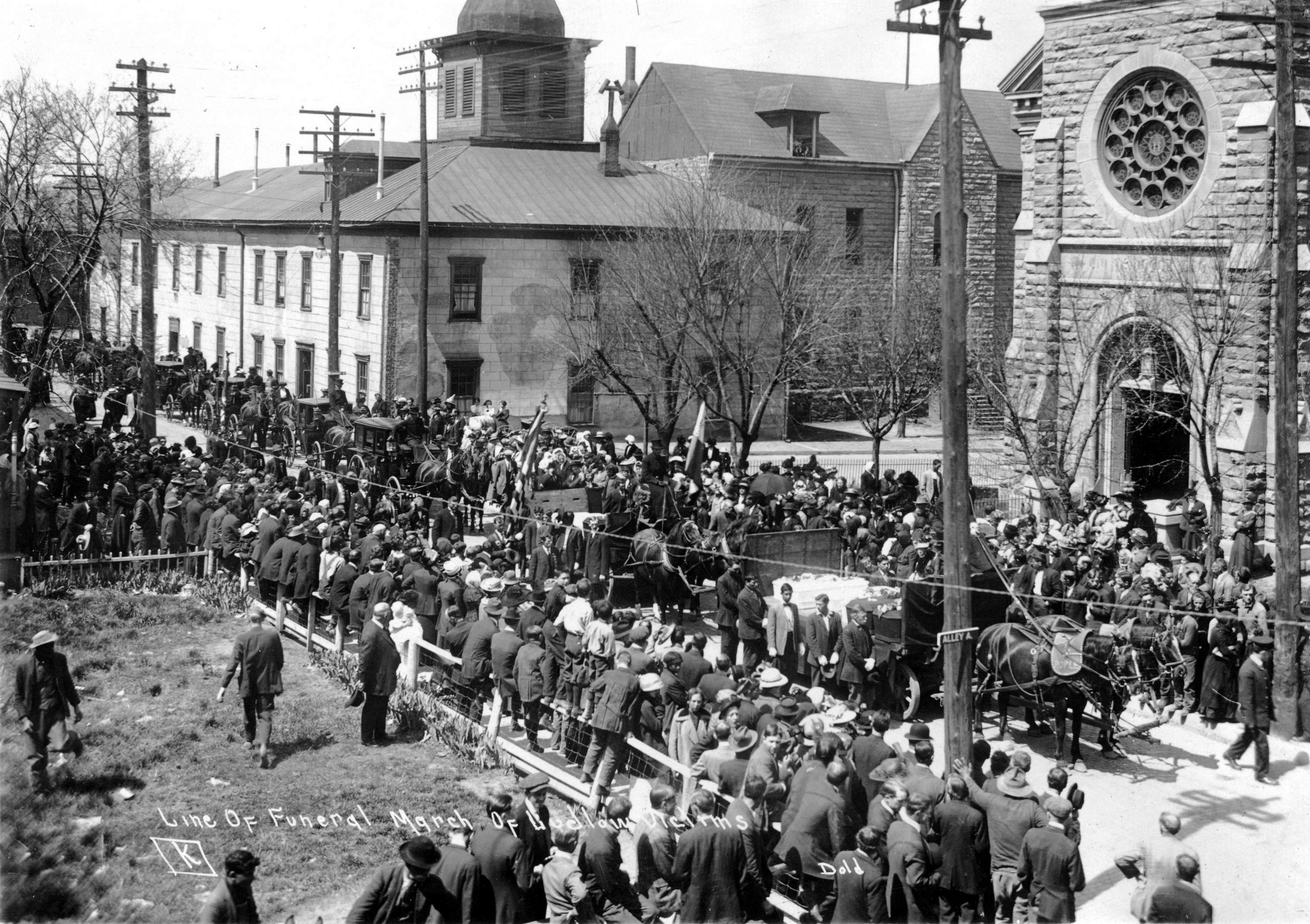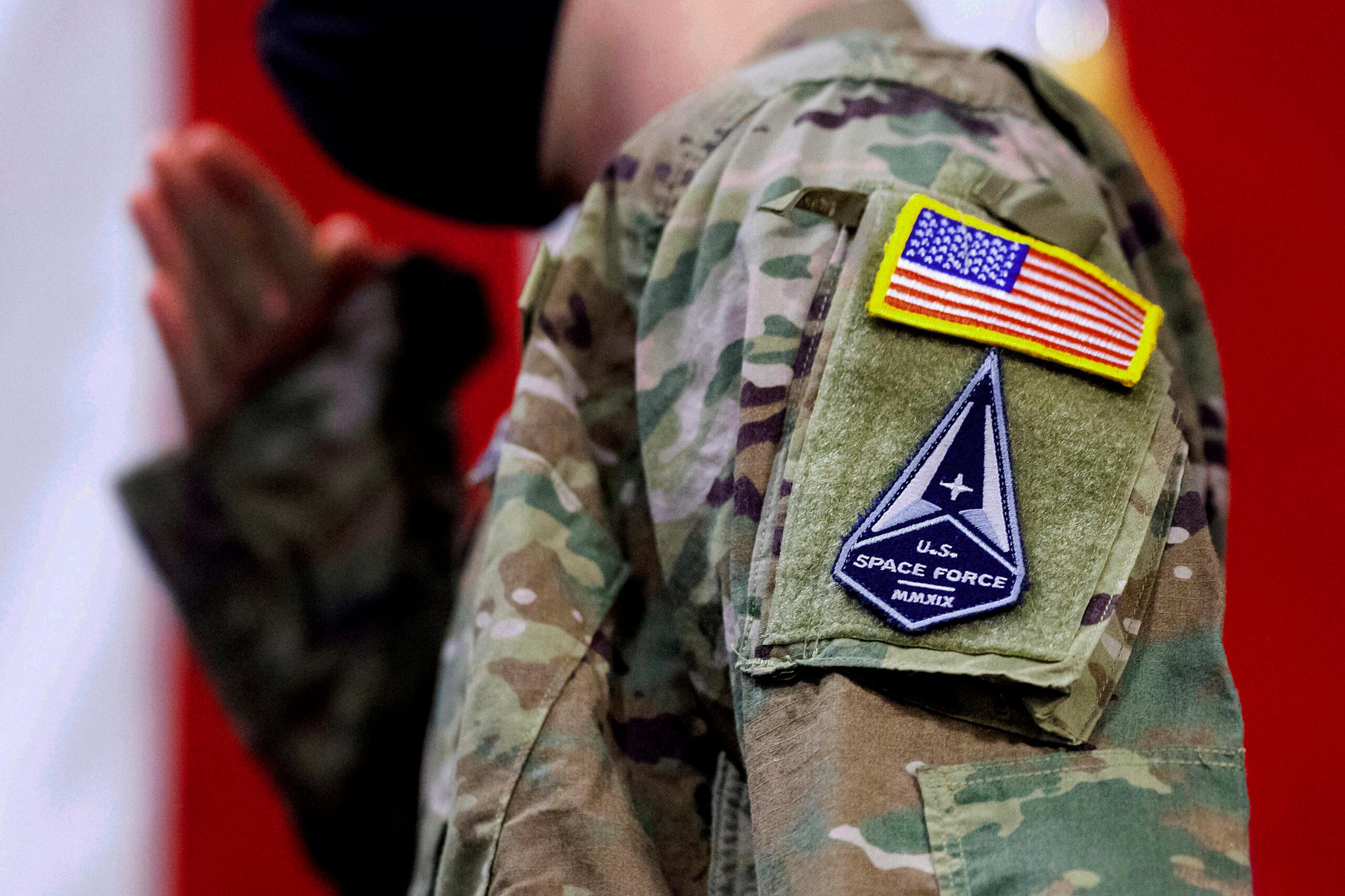

This Sunday marks the 100th anniversary of one of the most deadly days in labor history -- the Ludlow Massacre. Southern Colorado coal miners went on strike for safer working conditions in September of 1913. It ultimately led to violent conflict between the miners and the companies they worked for. On that day in April a century ago, 21 people died - including women and children.

Thomas and Mary Petrucci and their four children were among the families evicted from company owned homes. They moved to tent colonies set up by the union. During what turned into one of the harshest winters on record, the couple’s oldest son, six-year-old Bernard fell ill.
"The company officials wouldn’t allow her to take the train," said Mary Elaine Petrucci, Mary's granddaughter. "He died at Ludlow."

Tensions grew all winter. The strikers were well armed and often harassed men who showed up to work at the mines, according to Bill Convery, Colorado State Historian. The mine operators, says Convery, hired private guards who built an armored vehicle called the Death Special.
"They mounted a machine gun on the back of it and they would drive by the tent camps in the middle of the night firing randomly into the camp to strike terror and fear into the hearts of the miners."
As the conflict grew, the Colorado National Guard was sent in to keep the peace. Over the long winter months, many were replaced by militia men on the mine company payroll.
Bartolo and Maria Andreatta had a ranch nearby. Bartolo had worked in the mines, so he wanted to help the strikers, says their great-granddaughter, Beverly Musso. According to Musso, the Andreattas hid miners in their home and barn and kept watch from a hill above their ranch.
"They always had lookouts and when they saw somebody coming that they were pretty sure wasn’t family or something, they would send a signal and the miners would go and hide in the trees in the mountains."
The militia also tried to confiscate the strikers’ firearms. Musso says they’d use sticks to stir up bins of flour, coffee and sugar to see if weapons were hidden there. So her great grandmother got creative.
"They hid ammunition in her beehives in the yard, and [sewed] them in the hems of her skirts. She had a gun nailed up under the floorboards in the kitchen."
On April 20, 1914, the situation at Ludlow exploded. A gun battle erupted between the two sides.
"My mother and her younger brothers hid in a barn when this was going on," says Jodene Parlapiano. "Then the others, they hid in a well."
Parlapiano's mother, Josephine Bartolotti, was just nine years old when the family’s coal miner father, John, died in the gunfire.

Families in the camp took cover anywhere they could find.
Mary Petrucci, three other women, and 11 children huddled in a pit beneath one of the tents. The militia drove the miners from camp and set fire to the tents. Those 11 children and two of the women suffocated while the tent encampment burned around them.
"Apparently a mattress had fallen over the opening of the pit," Petrucci's granddaughter, Mary Elaine, said. "My grandmother and another woman were the only two people who walked out of that pit alive."
These women and children were among the victims of the Ludlow Massacre, but the violence continued for days, and dozens more died. State historian Bill Convery says federal troops were sent in to disarm both sides.
"Because of the massacre," Convery said, "the national media, Congress, the President of the United States, all began paying attention to what had been going on in Southern Colorado. And a number of investigations began, launched by congress or federal agencies, to get at the roots of what was going on."
Just one month after the burning of the Ludlow colony, Mary Elaine Petrucci’s grandmother, Mary, traveled east with a group of other strikers wives to raise awareness of the situation in Colorado. While there, Mary spoke to a reporter.
"I can't have my babies back. But perhaps when everybody knows about them, something will be done to make the world a better place for all babies."
"But you are not to think we could do any differently another time," said Petrucci. "We are working people my husband and I and we’re stronger for the union than before the strike. I can’t have my babies back. But perhaps when everybody knows about them, something will be done to make the world a better place for all babies."
Initially, not much changed for the miners. But the events of Ludlow set in motion small changes that decades later helped lead to broad labor reforms concerning fair wages, reasonable work hours and workplace safety that are still in effect today.
Click here for an interactive map of Ludlow, created by archeologist Michael Jacobsen.








